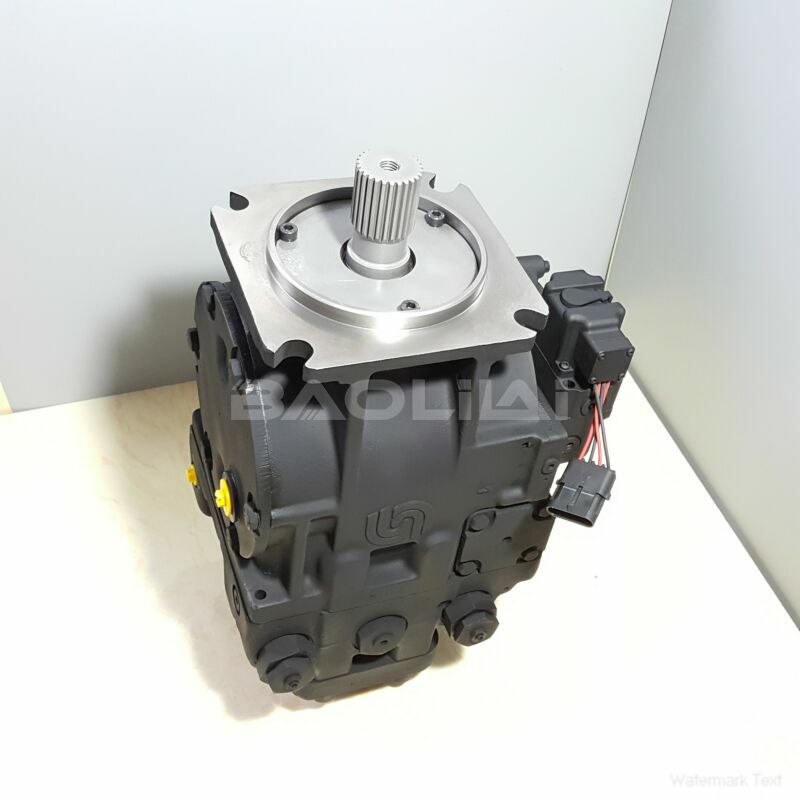90L130KA5NN80P4C8H03GBA424224 piston pump
90L130KA5NN80P4C8H03GBA424224 piston pump

- Product Details
- Applicable Scene
Hydraulic systems are a cornerstone in many industrial applications, and understanding how to maximize the efficiency of hydraulic pumps is crucial for reducing operational costs and improving performance. In low-pressure, high-flow systems, several strategies can be employed to enhance pump efficiency. Here are key considerations and practices that can help operators achieve optimal performance.
90L130-KA-5-NN-80-P-4-C8-H-03-GBA-42-42-24
90L130KA5NN80P4C8H03GBA424224
First and foremost, it is essential to select the right hydraulic pump for the application. In low-pressure, high-flow systems, gear pumps or vane pumps are often suitable due to their design characteristics that promote efficient flow at lower resistance. The pump selection should account for the specific requirements of the system, including flow rate, operational pressure, and fluid viscosity. Proper sizing ensures that the pump operates within its optimal performance range, thus minimizing energy losses.

83012103
Regular maintenance is another critical aspect of maximizing pump efficiency. Routine inspections should be conducted to check for wear and tear, leakage, or other performance issues. Over time, pumps can develop issues like internal wear that increases clearances and reduces efficiency. Ensuring that all components are in good condition and promptly replacing worn parts can maintain optimal pump function. Additionally, keeping the hydraulic fluid clean and at the proper viscosity is vital; contaminated fluid can increase internal friction and impair performance.
Optimizing the hydraulic circuit design is also crucial. Reducing bends, minimizing pipe length, and using larger-diameter hoses can lower resistance and improve flow efficiency. Any obstructions or unnecessary fittings should be eliminated to maintain smooth fluid movement throughout the system. Furthermore, the use of appropriate valves and fittings can contribute to better efficiency by preventing flow restrictions.
Another technique to enhance hydraulic pump efficiency is to implement variable-speed drives (VSDs). VSDs allow pumps to adjust their speed according to the demand of the system, which can lead to significant energy savings, especially in scenarios where full flow is not constantly required. This flexibility can reduce wear on the pump while also conserving energy.





